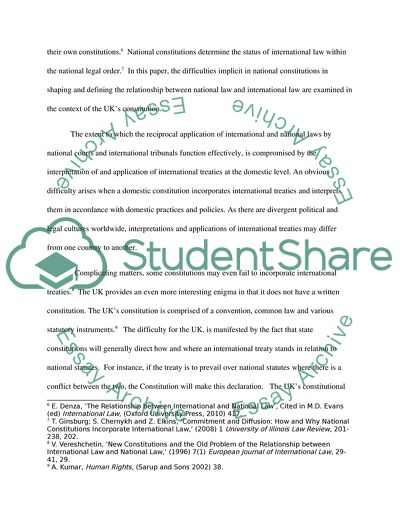Cite this document
(The Relationship between International Law and National Law Case Study - 2, n.d.)
The Relationship between International Law and National Law Case Study - 2. Retrieved from https://studentshare.org/law/1747812-public-international-law
The Relationship between International Law and National Law Case Study - 2. Retrieved from https://studentshare.org/law/1747812-public-international-law
(The Relationship Between International Law and National Law Case Study - 2)
The Relationship Between International Law and National Law Case Study - 2. https://studentshare.org/law/1747812-public-international-law.
The Relationship Between International Law and National Law Case Study - 2. https://studentshare.org/law/1747812-public-international-law.
“The Relationship Between International Law and National Law Case Study - 2”. https://studentshare.org/law/1747812-public-international-law.


